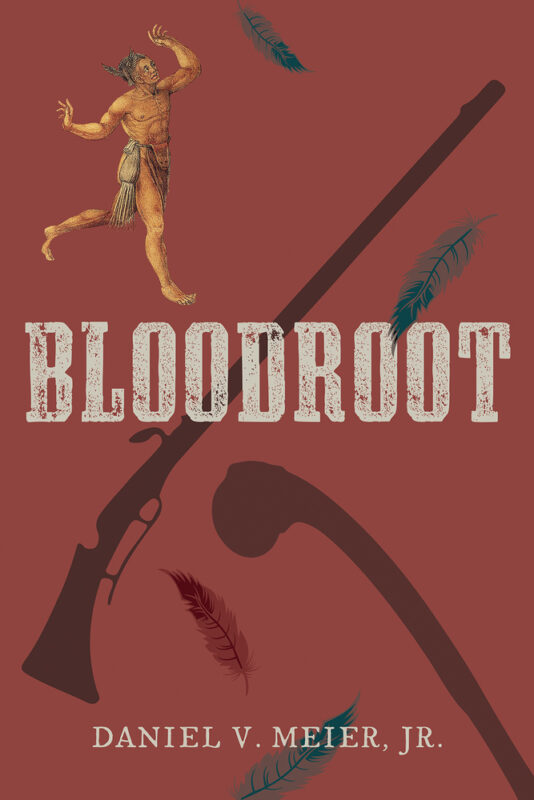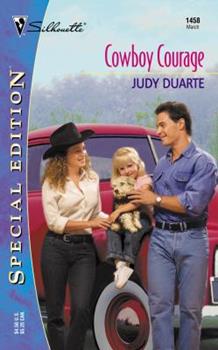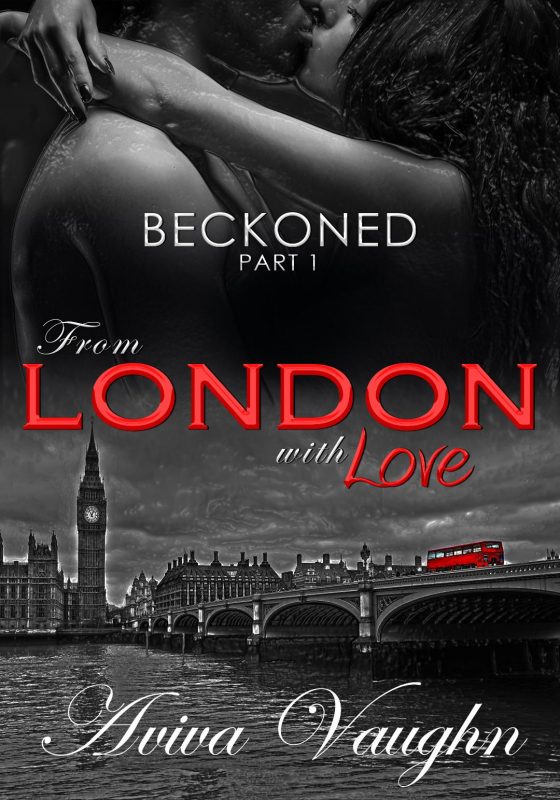What Are My Options?
September 9, 2012 by A Slice of Orange in category Archives tagged as It's Worth It, Kitty Bucholtz One option that worked out for me was choosing to get involved in two self-published anthologies. The first one, Romancing the Pages, will come out in September as an ebook – see the lovely cover here. My superhero short story “Hero in Disguise” is one of nineteen short stories I hope you enjoy. In a few months, another anthology will be published with a dozen or so short stories written by my friends in my Sydney writer’s group. Another group of stories I think you’ll enjoy. My “Rescue at Loon Lake” is a fun little precursor to my novel Love at the Fluff and Fold.
One option that worked out for me was choosing to get involved in two self-published anthologies. The first one, Romancing the Pages, will come out in September as an ebook – see the lovely cover here. My superhero short story “Hero in Disguise” is one of nineteen short stories I hope you enjoy. In a few months, another anthology will be published with a dozen or so short stories written by my friends in my Sydney writer’s group. Another group of stories I think you’ll enjoy. My “Rescue at Loon Lake” is a fun little precursor to my novel Love at the Fluff and Fold.Up Early… and Writing!
September 6, 2012 by Linda O. Johnston in category Pets, Romance & Lots of Suspense by Linda O. Johnston tagged as Killer Hobbies, writing lifeA couple of days ago, I had to get up very early–I set my alarm clock for 3:15 AM–to take some family members to Los Angeles International Airport for a 6 AM flight.
These days, I seldom even get up before 6 AM. In fact, my goal is generally 6:30. But years ago, when I had a full-time job as an in-house attorney, I had to get up much earlier, especially when my job moved from 10 miles from my home to 50 miles away. I’d already begun publishing by then so my coworkers knew that, when I arrived at 6:45 AM, I wasn’t really “there†because I would write for an hour before the official starting time of 7:45.
But since then, even when I’ve had law projects that required me to work in an office, I’ve seldom had to get up very early. Which now seems a bit of a shame!
On the day I went to LAX early, the drive from my home near Studio City was only about a half hour each way. Compare that to the usual round-trip drive to LAX of at least a couple of hours, thanks to traffic.
I was able to get in a workout at Curves that started at 5:45 AM. I returned home for breakfast and obeying my dogs, then started writing this blog plus my Killer Hobbies blog to be posted this week.
And then I got to work writing.
Okay, I admit that my eyelids were a bit droopy, thanks to my fatigue. Even so, it felt refreshing to start working so early. I think I even got a bit more done that day than I would have otherwise. Although I also admit to taking a twenty-minute nap–and that I still would have liked to have accomplished more.
Will I do it again? I’d like to, especially if it helps my writing productivity. Not sure yet whether I will… but I hope so.
How about you? What’s the earliest you get up to write?
A Fantasy Life – by Janet Quinn Cornelow
August 28, 2012 by A Slice of Orange in category A Fantasy Life by Janet Cornelow tagged as Janet Cornelow, Janet Quinn
September Online Class
August 26, 2012 by A Slice of Orange in category Archives tagged as Carol Hughes, George Lucas, Nora Roberts, Online Class, Stephen King, Stephen Spielberg, Story Structure“Deep Story Structure & Techniques” with Carol Hughes
September 10 – October 7, 2012
COST: $20 for OCCRWA members, $30 for non-members
If you have specific questions, email occrwaonlineclass@yahoo.com
ABOUT THE CLASS:
What does Nora Roberts, Stephen King, George Lucas (STAR WARS), Stephen Spielberg (E.T.) and all of those other blockbuster creators know about writing that makes them the mega stars that they are?
Learn about the 18 scenes that every story contains, no matter its length or genre. Find out how to identify your character’s mental gender and what impact that has upon readers. Discover how your character’s arc drives your story and how your story drives your character’s arc. Learn the four throughlines of every story and how to weave them together.
ABOUT THE INSTRUCTOR:
Writer/director/producer Carol Hughes has been a driving force behind some of Hollywood’s most financially successful media franchises. Carol was the studios’ “go to person†when it came to helping her fellow writers turn their uncut diamonds of rough stories into some of Hollywood’s most memorable and financially successful projects. Over the years, her projects generated in excess of $1 billion in profits for both the studios and the leading Networks.
Enrollment Information:
Coming in October 2012: Conquering National Novel Writing Month (NaNoWriMo) with Alison Diem
********** permission to forward **********
One More Olympic Observation
August 19, 2012 by A Slice of Orange in category Archives tagged as Dedication, Mona Karel, Observations, Olympics, SacrificeMonica Stoner
Member at Large
Feel like you’ve had enough Olympics to last at least four years? Had your fill of water cooler discussions about quarter point deductions or spiking the ball? Really tired of references to Olympic goals and ideals, relating to writing? Yeah, me too.
But bear with me, because this one has stuck better than any landing. Actually, it’s not about the Olympics specifically. It’s a commercial.
Surely you saw this commercial, seems like it played at every break. A variety of athletes worked out, and the voice over listed everything they had not done in preparation for the Olympics: no dessert for two years, hadn’t seen the latest movie, and what I really remember was “haven’t read that book everyone’s talking about.” I don’t know about you, but not being able to read seems like cruel and unusual punishment to me.
Obviously not to someone who has a goal in sight and a deadline to meet. Their goal is to be bigger, stronger, faster, better than anyone else in their sport, and to be at their peak at the Olympic Games. To achieve that goal, they’re willing to forego what most of us think of as our inalienable rights: Life, Liberty, and the pursuit of the ultimate fried food.
Aren’t we fortunate we only have to give up some of our time to write more? Granted those who don’t work out regularly add inches to their body as well as words to the page. But the analogy is still valid.
Sacrifices need to be made in pursuit of any goal worth achieving. We can’t go to every midnight movie or every holiday sale and sometimes we’re going to miss that neat town event, because we’re chasing dreams and building characters. We try to maintain a good social life but the fact is time we might be spending with our real friends needs to be spent with the friends we create.
Is it worth the effort and sacrifice? After all, only a very small percentage of those who qualify for the Olympics stand on the medal podium. And those people represent a minuscule number of those who tried out and failed, or who didn’t even make the trials. Of the many writers hunched over their keyboards instead of spending a lazy afternoon in the malls, how many will see their names attached to a published book, whether digital or in print?
Well, a lot more than those who gave up their dreams to do something else. And that is the real lesson of the Olympics.
Having gotten back on track with those dreams, Monica Stoner, writing as Mona Karel, has two books published and more on the way.
Affiliate Links
A Slice of Orange is an affiliate with some of the booksellers listed on this website, including Barnes & Nobel, Books A Million, iBooks, Kobo, and Smashwords. This means A Slice of Orange may earn a small advertising fee from sales made through the links used on this website. There are reminders of these affiliate links on the pages for individual books.
Search A Slice of Orange
Find a Column
Archives
Featured Books
FUR, FEATHERS AND SCALES: Sweet, Funny, and Strange Animal Tales
So cuddle up with your favorite pet-real or imaginary. No matter. You'll find just the right story to share.
More info →BECKONED, PART 1: FROM LONDON WITH LOVE
The regret of missed opportunity...
More info →BEYOND CONTROL
Present Danger—When Victoria Bradford got engaged, she told herself to give love a chance. Six months later, she's on the run from her angry, abusive ex-fiancé with her four-year-old daughter and nowhere to go.
More info →Newsletter
Contributing Authors
Search A Slice of Orange
Find a Column
Archives
Authors in the Bookstore
- A. E. Decker
- A. J. Scudiere
- A.J. Sidransky
- A.M. Roark
- Abby Collette
- Alanna Lucus
- Albert Marrin
- Alice Duncan
- Alina K. Field
- Alison Green Myers
- Andi Lawrencovna
- Andrew C Raiford
- Angela Pryce
- Aviva Vaughn
- Barbara Ankrum
- Bethlehem Writers Group, LLC
- Carol L. Wright
- Celeste Barclay
- Christina Alexandra
- Christopher D. Ochs
- Claire Davon
- Claire Naden
- Courtnee Turner Hoyle
- Courtney Annicchiarico
- D. Lieber
- Daniel V. Meier Jr.
- Debra Dixon
- Debra H. Goldstein
- Debra Holland
- Dee Ann Palmer
- Denise M. Colby
- Diane Benefiel
- Diane Sismour
- Dianna Sinovic
- DT Krippene
- E.B. Dawson
- Emilie Dallaire
- Emily Brightwell
- Emily PW Murphy
- Fae Rowen
- Faith L. Justice
- Frances Amati
- Geralyn Corcillo
- Glynnis Campbell
- Greg Jolley
- H. O. Charles
- Jaclyn Roché
- Jacqueline Diamond
- Janet Lynn and Will Zeilinger
- Jaya Mehta
- Jeannine Atkins
- Jeff Baird
- Jenna Barwin
- Jenne Kern
- Jennifer D. Bokal
- Jennifer Lyon
- Jerome W. McFadden
- Jill Piscitello
- Jina Bacarr
- Jo A. Hiestand
- Jodi Bogert
- Jolina Petersheim
- Jonathan Maberry
- Joy Allyson
- Judy Duarte
- Justin Murphy
- Justine Davis
- Kat Martin
- Kidd Wadsworth
- Kitty Bucholtz
- Kristy Tate
- Larry Deibert
- Larry Hamilton
- Laura Drake
- Laurie Stevens
- Leslie Knowles
- Li-Ying Lundquist
- Linda Carroll-Bradd
- Linda Lappin
- Linda McLaughlin
- Linda O. Johnston
- Lisa Preston
- Lolo Paige
- Loran Holt
- Lynette M. Burrows
- Lyssa Kay Adams
- Madeline Ash
- Margarita Engle
- Marguerite Quantaine
- Marianne H. Donley
- Mary Castillo
- Maureen Klovers
- Megan Haskell
- Melanie Waterbury
- Melisa Rivero
- Melissa Chambers
- Melodie Winawer
- Meriam Wilhelm
- Mikel J. Wilson
- Mindy Neff
- Monica McCabe
- Nancy Brashear
- Neetu Malik
- Nikki Prince
- Once Upon Anthologies
- Paula Gail Benson
- Penny Reid
- Peter J Barbour
- Priscilla Oliveras
- R. H. Kohno
- Rachel Hailey
- Ralph Hieb
- Ramcy Diek
- Ransom Stephens
- Rebecca Forster
- Renae Wrich
- Roxy Matthews
- Ryder Hunte Clancy
- Sally Paradysz
- Sheila Colón-Bagley
- Simone de Muñoz
- Sophie Barnes
- Susan Kaye Quinn
- Susan Lynn Meyer
- Susan Squires
- T. D. Fox
- Tara C. Allred
- Tara Lain
- Tari Lynn Jewett
- Terri Osburn
- Tracy Reed
- Vera Jane Cook
- Vicki Crum
- Writing Something Romantic
Affiliate Links
A Slice of Orange is an affiliate with some of the booksellers listed on this website, including Barnes & Nobel, Books A Million, iBooks, Kobo, and Smashwords. This means A Slice of Orange may earn a small advertising fee from sales made through the links used on this website. There are reminders of these affiliate links on the pages for individual books.
















































